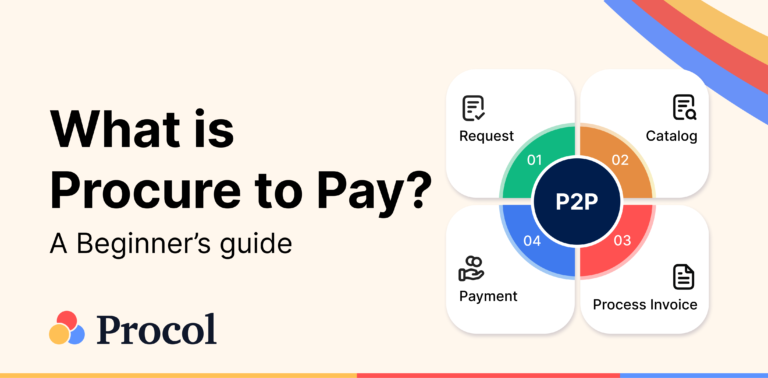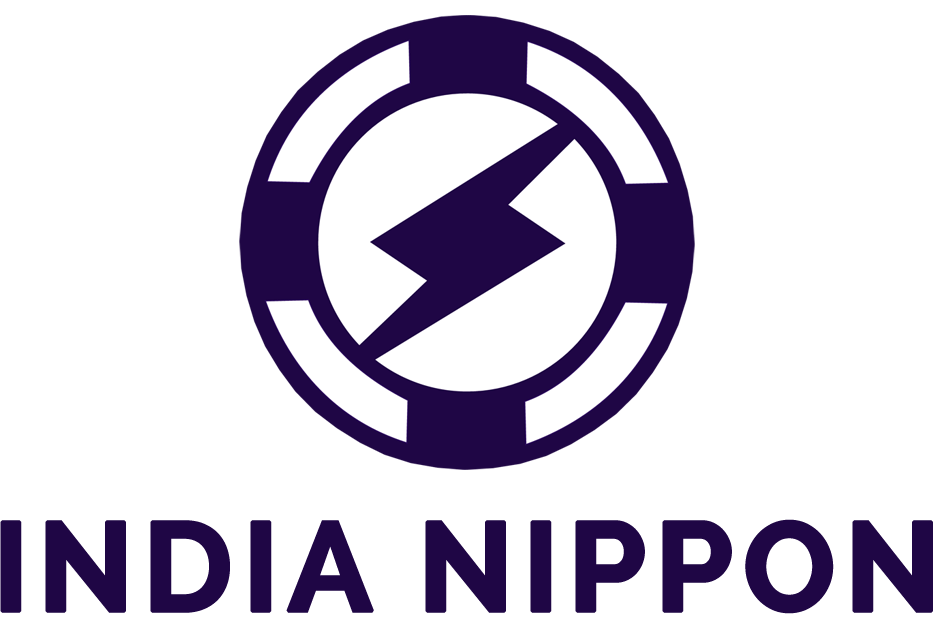What is Capital Expenditure (CAPEX) ?
Capital expenditures (CapEx) are expenses made by a corporation to acquire, maintain, and improve tangible assets, such as real estate, buildings, equipment, and other physical assets. A company typically uses CapEx to begin new projects or incur expenses. Capital investments in fixed assets can involve buying manufacturing equipment or constructing a new factory/business unit. Companies make this kind of financial investment to broaden their operations’ scope or add some potential economic gain.
Understanding Capital Expenditures (CapEx)
You can comprehend from CapEx how much a firm invests in new and current fixed assets to run or expand its business. To put it another way, CapEx refers to any item that a company capitalizes or reports as an investment on its balance sheet instead of an expense on its income statement. When a corporation capitalizes on an asset, the cost must be spread out over the asset’s useful life.
Depending on the industry, a company’s capital expenditures are likely to be a certain amount. Telecommunications, manufacturing, utility, and some of the most capital-intensive businesses, including oil exploration and production, have some of the highest capital expenditures.
The cash flow from CapEx includes the investment activities section of a company’s cash flow statement. An analyst or investor may see CapEx represented as capital spending, purchases of property, plant, and equipment (PP&E), or acquisition expense depending on how different companies highlight CapEx.
CapEx vs. Operating Expenses (OpEx)
Operating expenses (OpEx) and capital expenditures (CapEx) should not be confounded. Short-term spending, called operating expenses, is needed to cover a company’s continuing operational needs. Operating expenses, as opposed to capital expenses, can be entirely deducted from the company’s taxes in the year they are incurred.
According to accounting, an item is deemed CapEx if it extends the useful life of an existing capital asset, is a freshly purchased capital asset, an investment with a life of more than a year, or both. However, if the cost keeps the asset in its existing state, such a repair usually is entirely deductible in the year it is incurred.






















